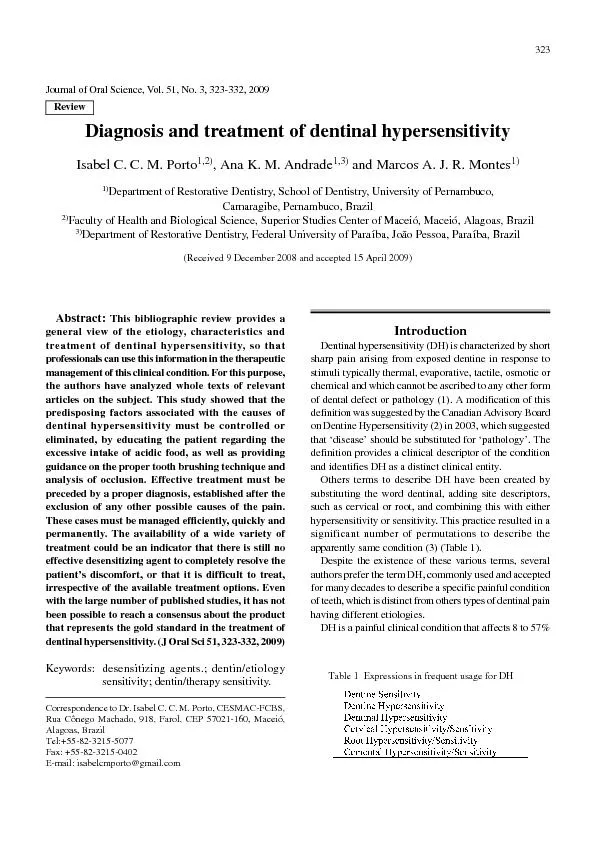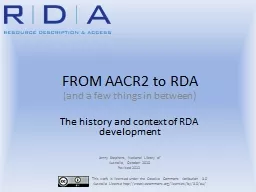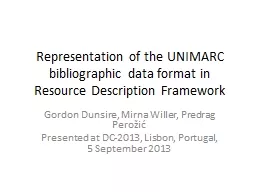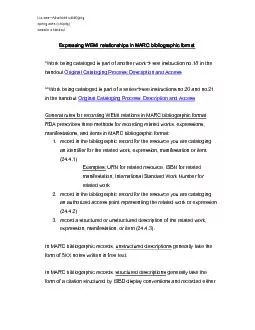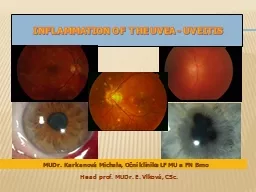PDF-This bibliographic review provides ageneral view of the etiology, char
Author : jane-oiler | Published Date : 2016-11-18
323 Keywordsdesensitizing agents dentinetiologysensitivity dentintherapy sensitivity Introduction Dentinal hypersensitivity DH is characterized by shortsharp pain
Presentation Embed Code
Download Presentation
Download Presentation The PPT/PDF document "This bibliographic review provides agene..." is the property of its rightful owner. Permission is granted to download and print the materials on this website for personal, non-commercial use only, and to display it on your personal computer provided you do not modify the materials and that you retain all copyright notices contained in the materials. By downloading content from our website, you accept the terms of this agreement.
This bibliographic review provides ageneral view of the etiology, char: Transcript
Download Rules Of Document
"This bibliographic review provides ageneral view of the etiology, char"The content belongs to its owner. You may download and print it for personal use, without modification, and keep all copyright notices. By downloading, you agree to these terms.
Related Documents

